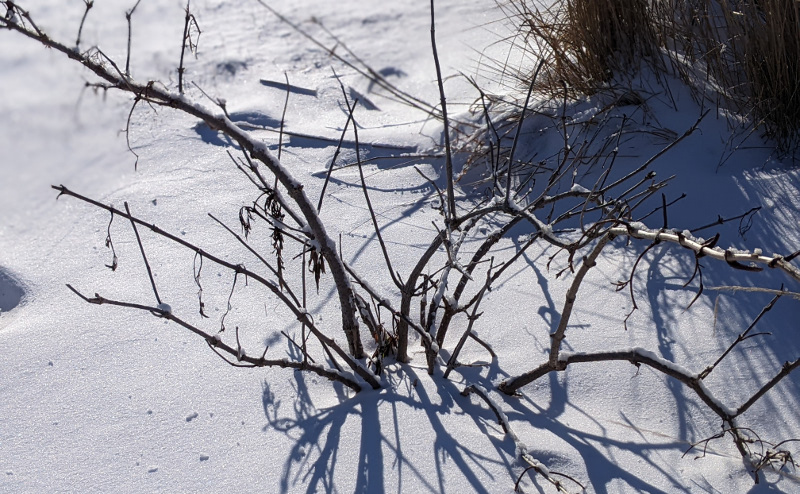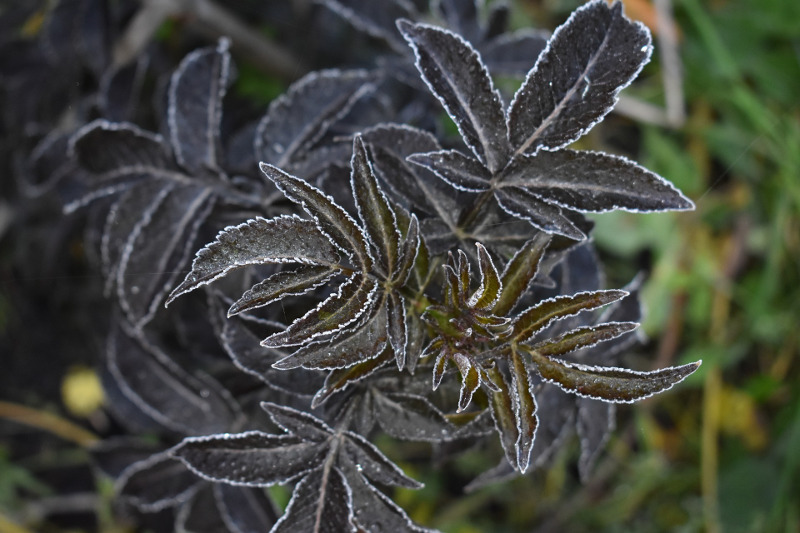Elderberry plants are deciduous and are winter hardy in zones 3-9. Fortunately, not too much care is necessary to keep your elderberry thriving throughout the winter.
Native to North America, elderberry plants thrive in the wild and in domesticated landscapes. No excessive winter care is necessary for the survival of the plant. Should you choose to prune for increased yields of foliage and blooms, winter is the best time to prune older or damaged limbs.

Cutting Back Elderberry For Winter
Elderberry plants are special as they do not require excessive measures to keep them not only surviving, but thriving. When the leaves fall and the elderberry is in dormancy, winter is the best time to prune for better growth in the next growing season. Take care in ensuring that you do not over-prune and leave at least eight main limbs for proper growth and to allow proper photosynthesis production once the elderberry is out of dormancy.
Elderberry Winter Care in Pots
If your elderberry resides in a planter or pot, ensure that the roots have plenty of space from the side of the container it is in. Roots that touch the side of the planter or pot may be susceptible to frost and inhibit good growth once winter is over, so make sure to provide a large enough space for the roots to wander. Elderberry plants are shallow rooted, so extra attention should be paid to the exposed roots at the surface. Simply mulch with a thin layer of shredded wood mulch to provide a blanket to the roots.
Watering Elderberry in Winter
Elderberry plants that are in the ground thrive with about 1”-2” of rain per week. Supplemental watering should be in place if not enough rain has fallen. Elderberry plants in planters or pots should be kept moist, but have good drainage to keep the roots from being submerged - especially in freezing temperatures.
Occasional watering, as needed, through irrigation is recommended. Watering can be in short incremental bursts daily or longer watering times a couple of times per week. Being consistent with watering to keep the soil moist will help ensure you will have a happy and healthy elderberry!

Growing Elderberry Indoors
Elderberry plants can grow indoors, however they should be allowed to go dormant during the winter. This can be achieved by placing your elderberry in an unheated garage or similar space. The sheer size of elderberry plants may deter your desire to grow them indoors, so do keep this in mind.
Steps To Care For Elderberry in Winter
Native to North America, elderberry plants are quite easy to care for and require minimal assistance from you. Winter care greatly benefits the prolificness of the next growing season more so than out of necessity for protecting the plant.
Step 1 - Once dormant, prune old and damaged limbs.
Step 2 - Protect the shallow roots in pots or planters with mulch.
Step 3 - Keep space between roots and pot or planter edges by upsizing your planter/pot.
Step 4 - Occasionally water to keep the soil moist.
Step 5 - If indoors, ensure to allow the elderberry to go dormant.
 |
Author Chris Link - Published 01-15-2022 |
